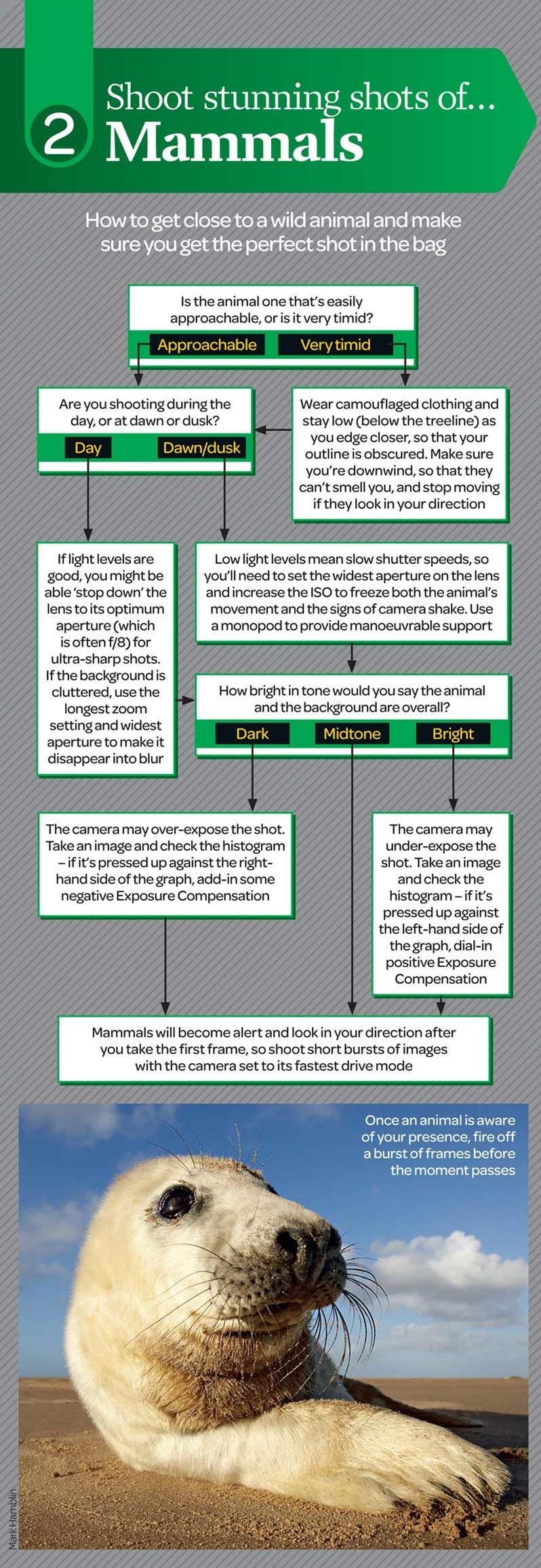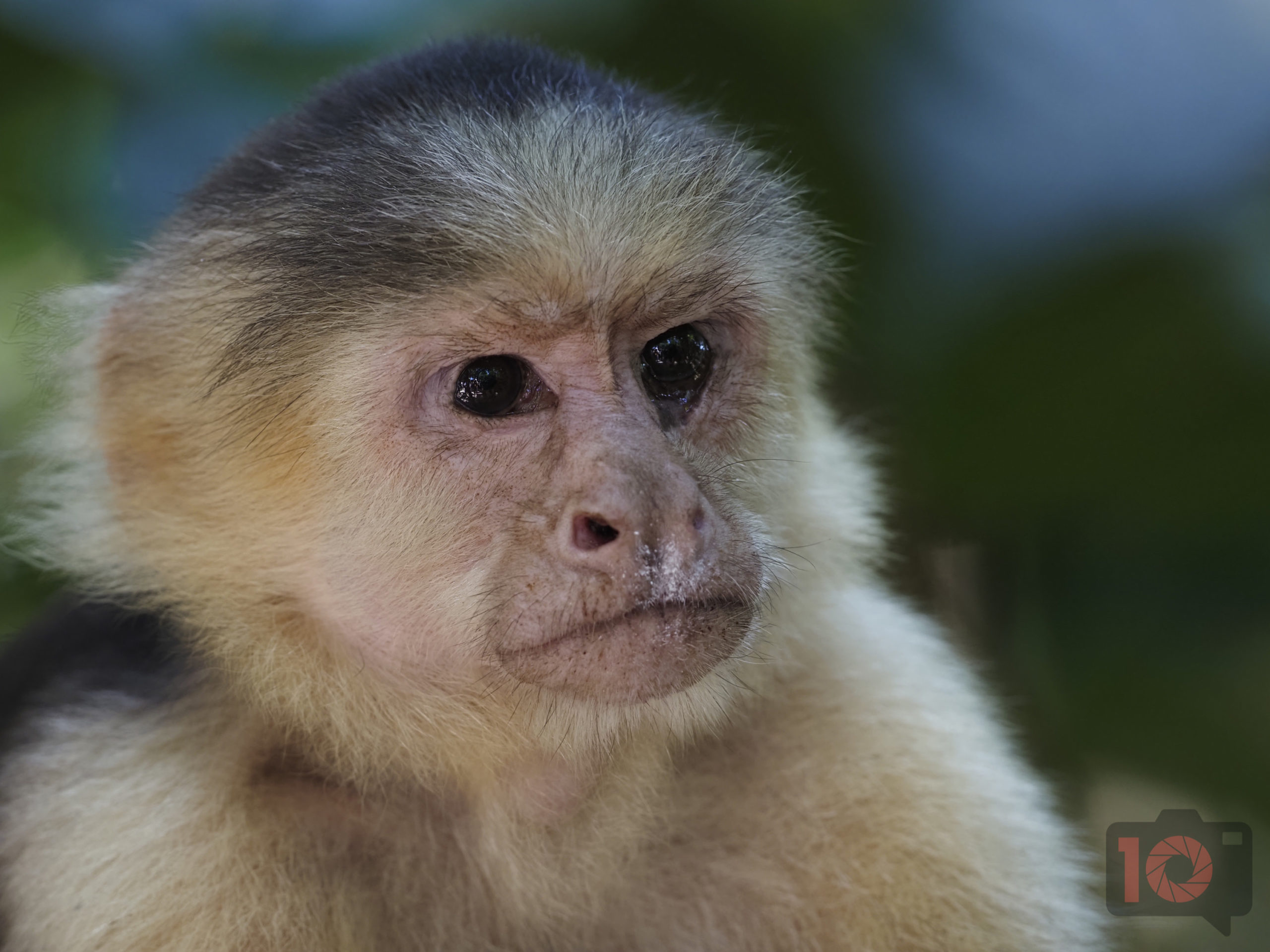If you’re into wildlife photography, practice getting close to wild animals for awesome shots with this quick photography cheat sheet.
Photographing from afar is one of the most convenient, surefire ways to do wildlife photography. But some wild animals are simply great for close-up snaps. The challenge, therefore, lies in getting close enough to these creatures to get perfect shots without disrupting them in their natural habitat. Today’s photography cheat sheet comes with some helpful tips if you’re planning to try this and level up your wildlife photography.
The flow chart below, by Digital Camera World, gives some tips that will specifically be useful for photographing mammals in the wild. Since these animals can either be easy or too skittish of the slightest movement to approach, it’s part of the job of wildlife photographers to adjust to the situation. Remember to keep the comfort level of the animal as your top priority; if you spook them and they bolt out from their spots, you’ll lose the opportunity to take even a single snap.

There’s usually no problem if an animal is easily approachable or friendly. But if you’re eyeing to photograph a very timid animal, you have no choice but to don camouflaged clothing and stay low to obscure your outline as you approach. Keep downwind so they don’t catch your scent, and stop moving once they look in your direction.
When shooting during a bright day, you can stop down your lens to an aperture of f8, which is the best setting for ultra-sharp shots. Use the longest zoom setting and the widest aperture to blur out cluttered backgrounds. If you’re shooting in low light, use the widest aperture and increase the ISO to make the shutter speed freeze animal movement and camera shake. A monopod will come in handy for both support and easier movement.
When taking test shots, make sure to check the histogram and evaluate it based on the overall brightness of the animal and the background. Your camera may underexpose or overexpose the shots, so use exposure compensation as necessary. Once you’re ready for your final shots, shoot in short bursts with your camera’s fastest drive mode. This will allow you to get the best chance at great shots even if the animal notices your presence and looks in your direction.
Need more photography tips and tricks like this? Don’t forget to check out our photography cheat sheet collection to find more that will come in handy for your next shoot and projects!


